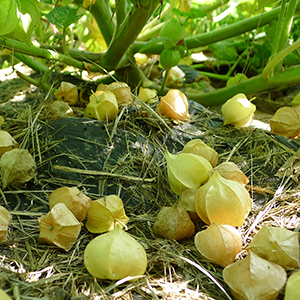
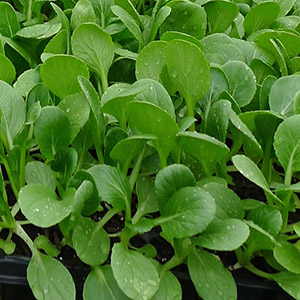
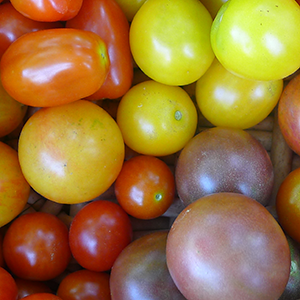

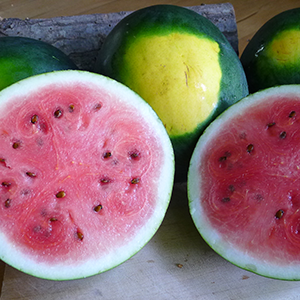
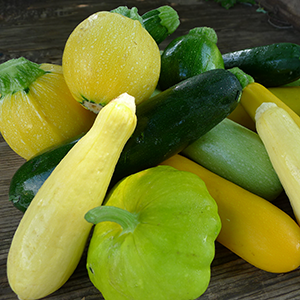
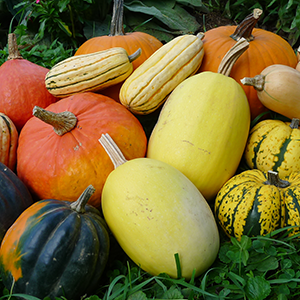



News and Notes | The Anchor Run Blog
Displaying a Single Post |
Show Recent Posts
December 7, 2020
Revered Rutabaga
by Linda Dansbury
Revered Rutabaga
by Linda Dansbury
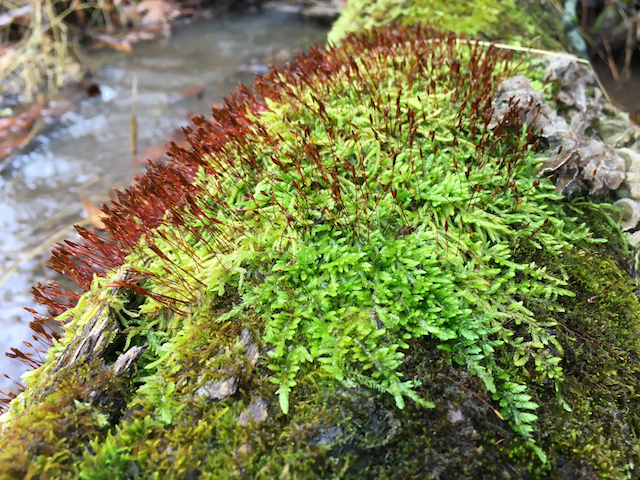
Moss (not rutabaga) found in the woods. Moss is a plant that reproduces with spores not flowers. Stalked spore capsules are seen here.
Another new root veggie will be in the pick up room this week - the little known and underappreciated rutabaga!
This sort of dumpy-looking veggie with a purple top and beige bottom, may not look very alluring, but there’s a lot more to this winter vegetable than meets the eye. Underneath its woody-looking exterior, rutabaga’s butter-yellow flesh is sweet and earthy. Rutabagas are the result of turnips crossing with wild cabbages in the 1600s, and while they contain the genes of both veggies, they’re considered a part of the cruciferous family of vegetables (cousins include broccoli) and pack similar health benefits. Just one cup of rutabaga contains approximately 50% of your daily value of vitamin C. They’re also rich in fiber, vitamin B6, potassium, and magnesium — and low in calories. An entire medium-sized rutabaga has only 145.
There are many ways to enjoy rutabaga: Mashed or roasted, either alone or in combination with other root veggies; delicious oven fries - toss in oil of your choice, salt and add herbs and spices you like and bake at about 375 for 30 min or so; slice thin and make into your favorite gratin recipe; instead of using potatoes, make rutabaga Hasselback; add to your favorite soups and stews; add to a mixed root and cabbage roast - yum!
Do you like Carrot Cake? Use rutabaga instead!
Anyway, make sure you add this little known veggie to your winter repertoire!

POSTS BY TYPE
POSTS BY MONTH

